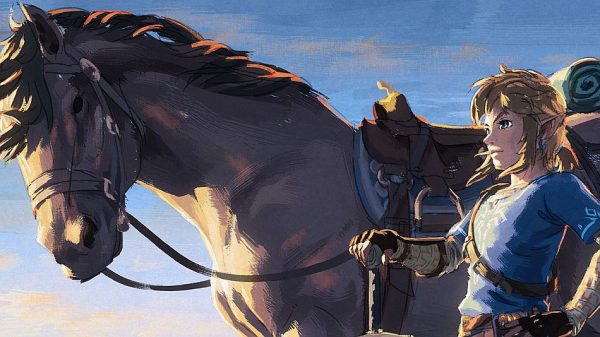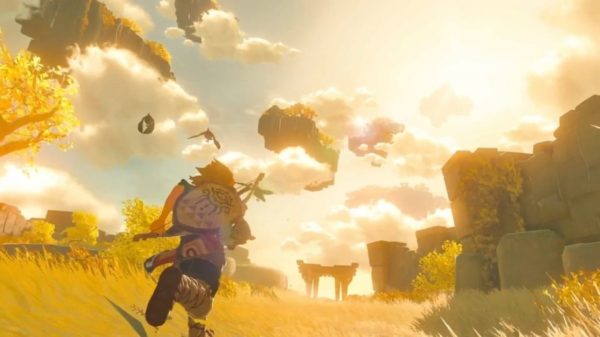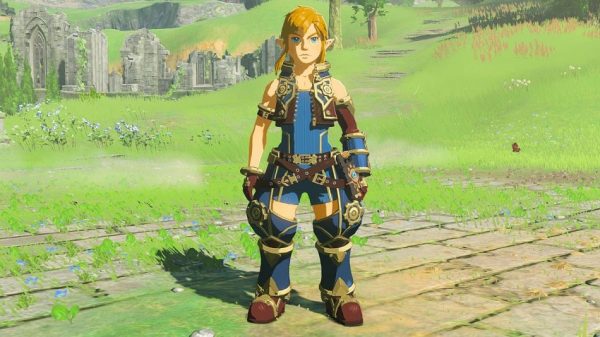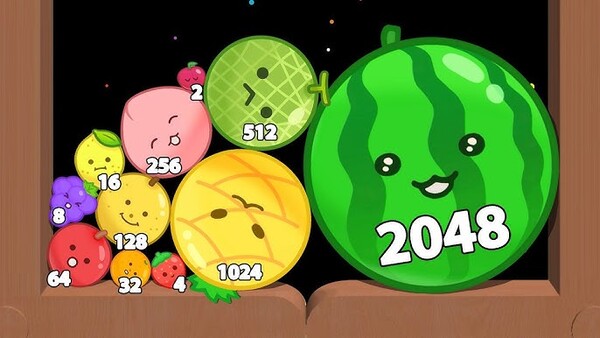Popular Now
The Legend of Zelda is Nintendo’s legendary action-adventure franchise, debuting in 1986 on NES. Across nearly 40 years, it has evolved through innovations in gameplay, world-building, storytelling, and technology. From the top-down puzzles of the original to the expansive open-world revolutions of Breath of the Wild (2017) and Tears of the Kingdom (2023), Zelda has consistently redefined the adventure genre. This comprehensive 2,000+ word article explores its evolution, design philosophy, gameplay mechanics, audiovisual achievements, community impact, pros and cons, and expert rating—perfect for players and scholars alike.

1. The Beginning: 2D Roots (1986–1998)
Nintendo’s first entry (1986) introduced Hyrule, Link, Zelda, the Triforce, and dungeon crawling. Its sequel, Zelda II: The Adventure of Link (1987), leaned into action-RPG mechanics .
H3: Innovations and Challenges
-
The Legend of Zelda pioneered open exploration, secrets, inventory-based progression, and nonlinear storytelling
-
Adventure of Link experimented with side-scrolling combat and experience points, receiving praise in Famitsu and Nintendo Power
H3: Limitations of Early Entries
Despite charm and innovation, 8-bit constraints limited graphics and introduced steep difficulty curves—especially in Adventure of Link.
2. Transition to 3D & Mature Storytelling (1998–2006)
Ocarina of Time (1998)
The leap to 3D defined future action-adventures, introducing lock-on targeting, time travel, and cinematic storytelling—earning “greatest game ever” accolades
Majora’s Mask (2000) & Wind Waker (2002)
-
Majora’s Mask explored darker themes in Termina with a unique time-loop mechanic
-
The Wind Waker went bold with cel-shading and nautical exploration, earning critical acclaim (96 Metacritic) yet facing praise for its artistry
Twilight Princess (2006)
Blended darker realism and motion controls with Hollywood-level visuals, earning “universal acclaim”
3. Handheld Expansion & Timeline Branching (2004–2011)
Titles like Minish Cap (2004) and Four Swords expanded lore, while Phantom Hourglass (2007) and Spirit Tracks (2009) brought Zelda to DS. Skyward Sword (2011) introduced motion-based swordplay, redefined origin mythology, and placed earlier in the timeline
Exploring Link’s Timeline
These games enriched the lore and timeline, with Hyrule Historia (2011) confirming a branching universe after Ocarina .
4. Wii U, Remasters & Reinvention (2011–2017)
Between Skyward Sword and Breath of the Wild, Nintendo released HD remasters and Hyrule Warriors, but slowed mainline development. Wind Waker HD and Twilight Princess HD brought new life to classics.
5. Open-World Breakthrough: Breath of the Wild (2017)
BOTW redefined open-world design with emergent gameplay, chemistry & puzzle physics, and true exploration—earning “universal acclaim” and lasting impact on the genre .
H4: Industry Influence
Game designers credit BOTW for inspiring titles like Elden Ring and Ghost of Tsushima .
6. Evolution Continues: Tears of the Kingdom & Beyond (2023–Now)
Tears of the Kingdom expanded vertical traversal, crafting, and sky islands. A recent report highlights that the upcoming Switch 2 upgrade (higher res/60 fps) enhances immersion and reignites interest .
7. Spin-Offs & Experimental Titles
Echoes of Wisdom (2024)
A Zelda spin-off starring Zelda in diorama-style puzzles, earning praise (93/100) for innovation and creative construction mechanics.
Handheld & Co-op Adventures
Titles like Four Swords Adventures offered multiplayer elements not always present in the core series.
8. Design & Gameplay: What Makes Zelda Tick
Core Mechanics
-
Player empowerment through exploration, puzzle-solving, and combat.
-
Equipment progression that unveils new abilities and areas.
Visual & Audio Excellence
From retro pixels to stylized cel-shading to photorealistic landscapes, each entry has achieved acclaimed audiovisual presentation—BOtW and Twilight Princess particularly
9. Pros & Cons Across the Series
Pros
-
Innovative designs (3D spaces, open worlds, physics logic)
-
Engaging world-building and characters
-
Timeless visuals & orchestral scores
-
Influential genre-definers
-
Consistent quality & replay value
Cons
-
Steep difficulty spikes, especially older titles
-
Some pacing issues, such as sailing fatigue in Wind Waker
-
Fragmented timelines may confuse newcomers
-
Weapon durability criticism in BOTW
-
Lengthy development cycles, frustrating fans awaiting new releases

10. Expert Ratings & Legacy
| Game | Innovation | Gameplay | Audiovisual | Replay Value | Overall |
|---|---|---|---|---|---|
| Ocarina of Time | 10/10 | 9/10 | 9/10 | 8/10 | 9.0 |
| Twilight Princess | 9/10 | 8.5/10 | 9/10 | 7.5/10 | 8.5 |
| Wind Waker | 9/10 | 7.5/10 | 9.5/10 | 7/10 | 8.5 |
| Breath of the Wild | 10/10 | 9.5/10 | 9.5/10 | 9/10 | 9.5 |
| Tears of the Kingdom | 10/10 | 9.5/10 | 9.5/10 | 9/10 | 9.5 |
Overall Franchise Rating: 9.2 / 10 — a crown jewel of gaming.
Conclusion
The Legend of Zelda remains a cornerstone of interactive storytelling, gameplay innovation, and immersive design. From its humble 8-bit origins to the game-changing open worlds of Breath of the Wild and Tears of the Kingdom, Zelda stands unmatched in its creativity and enduring impact.
Despite occasional frustrations—such as weapon degradation, timeline confusion, or older limitations—the series' strengths vastly outweigh its flaws. With a 9.2/10 franchise rating, Zelda continue


















